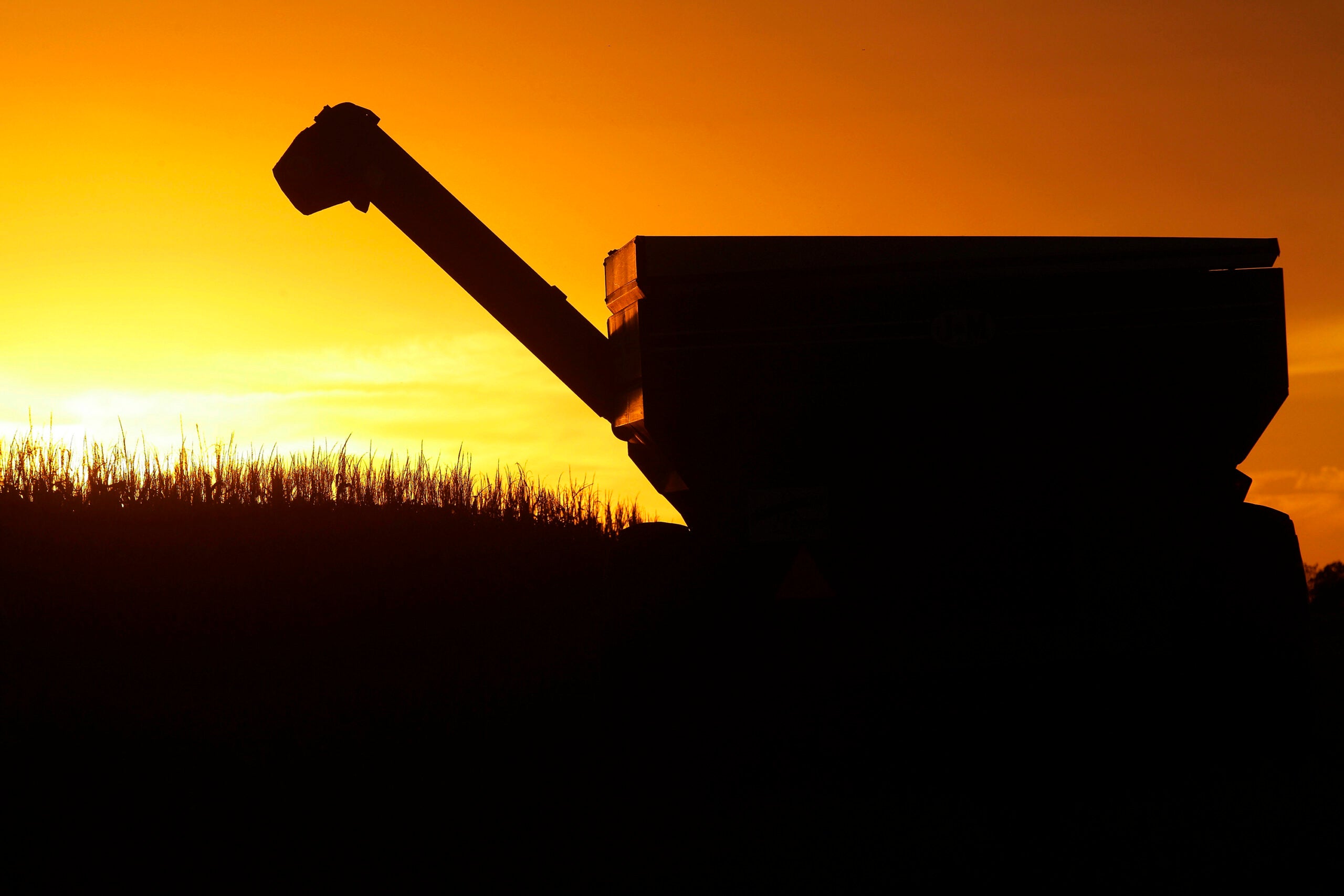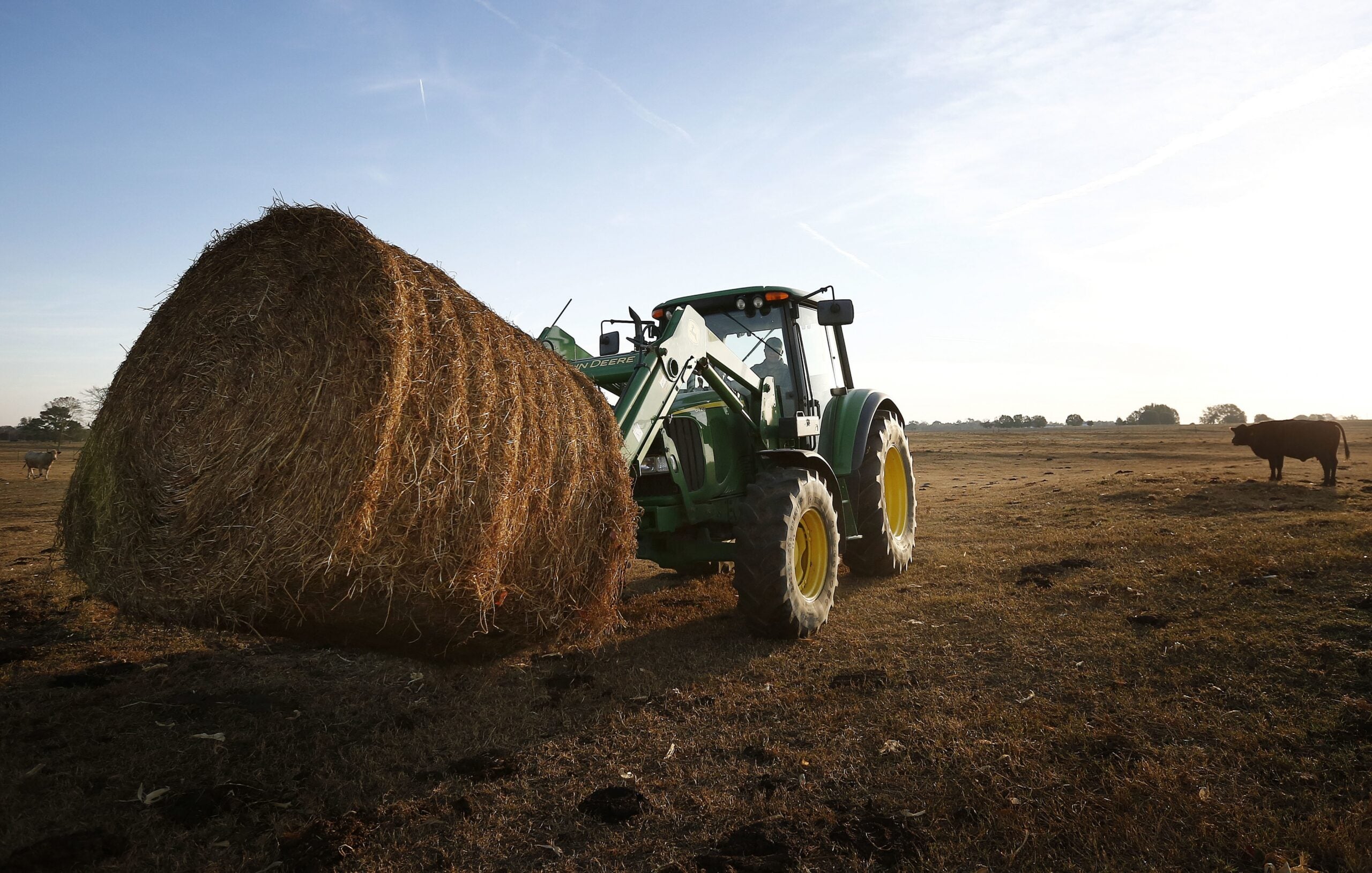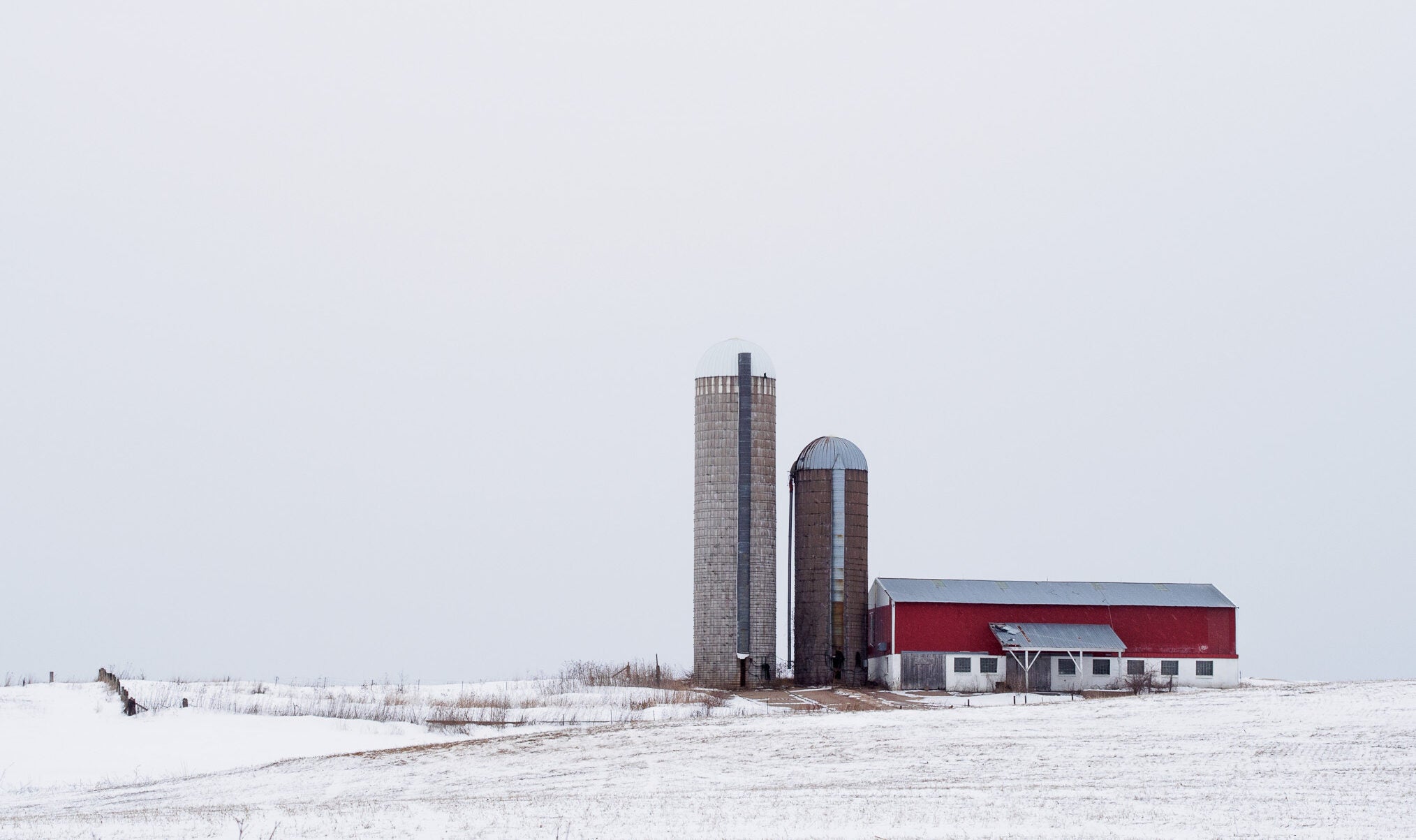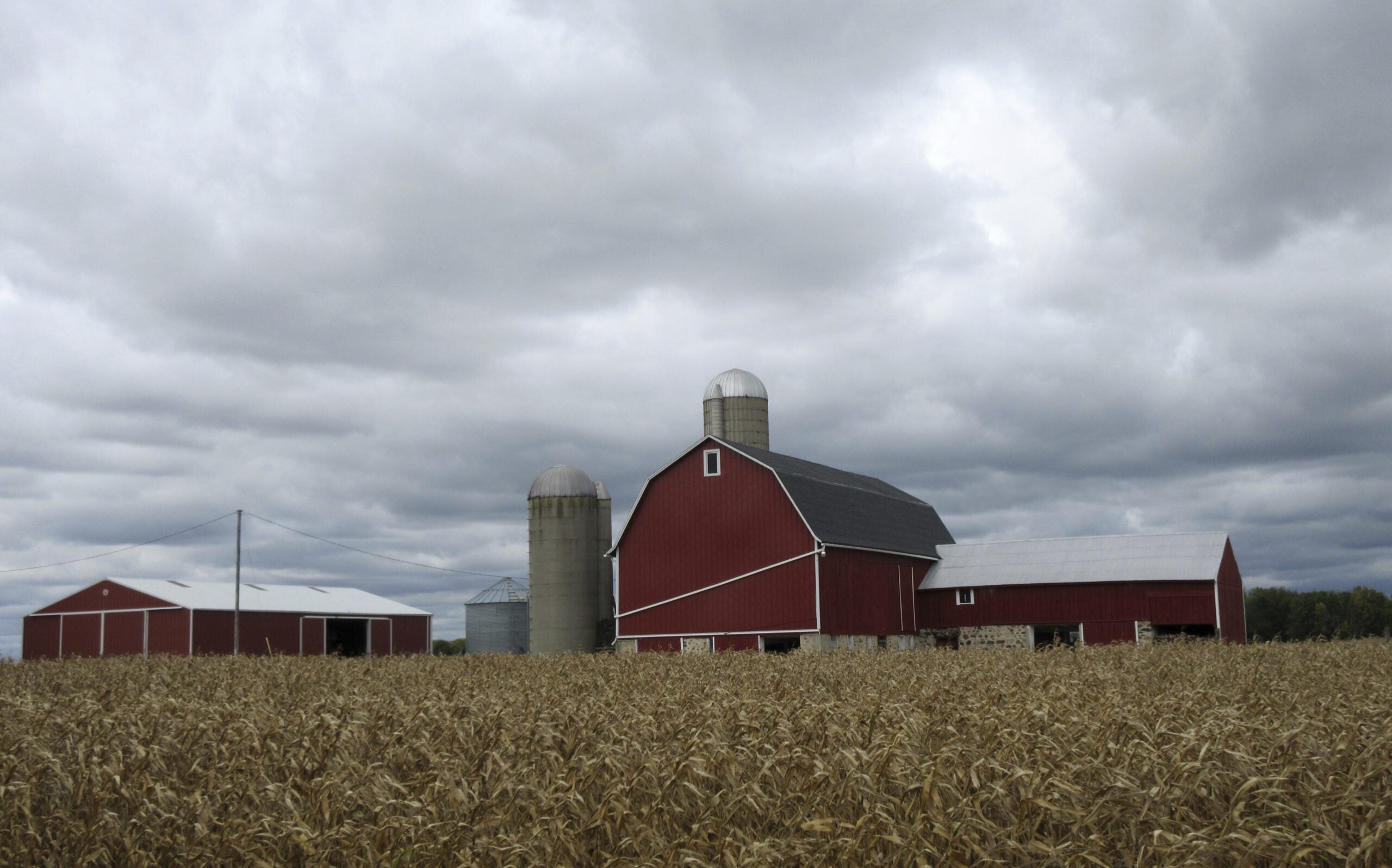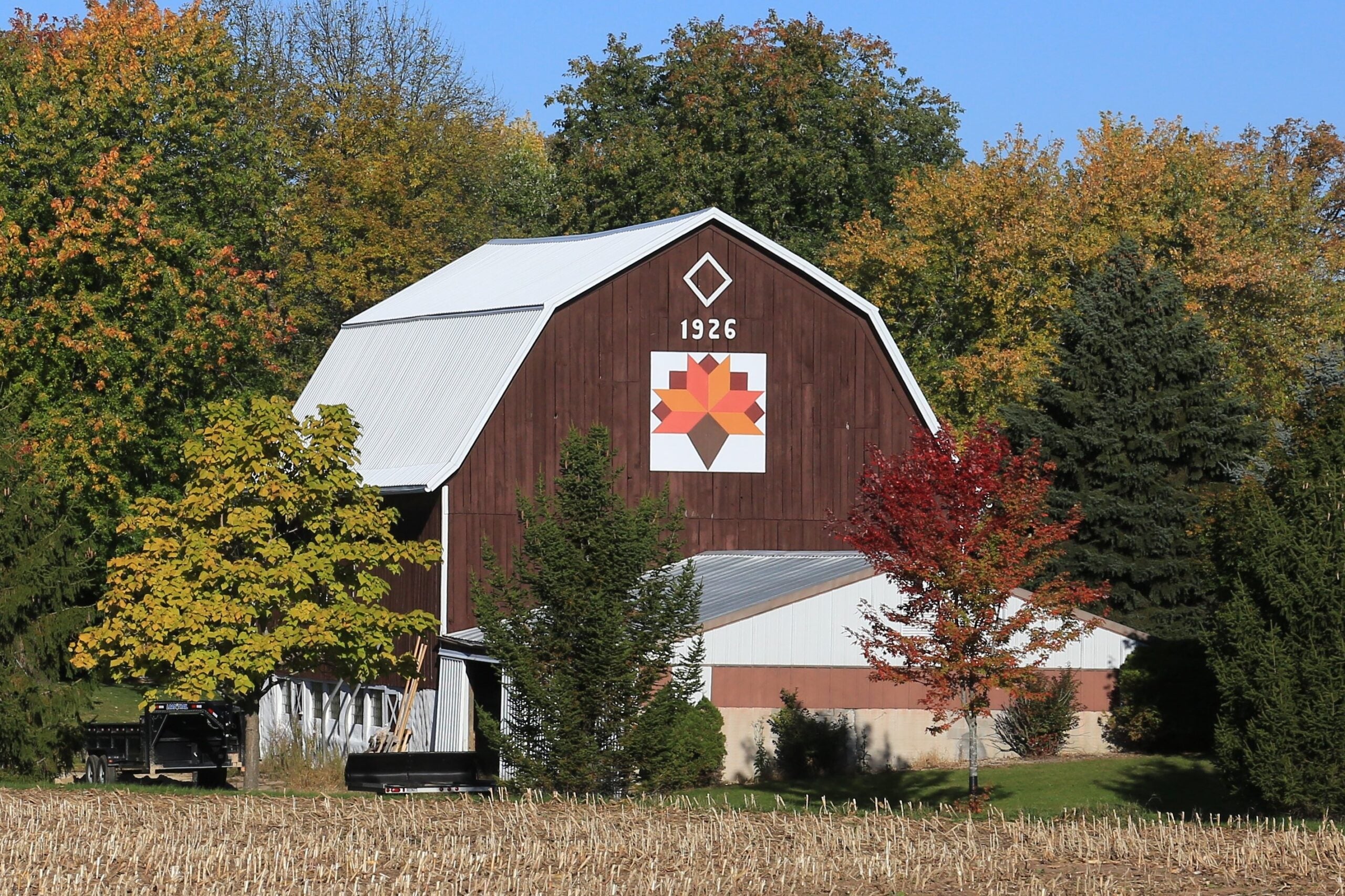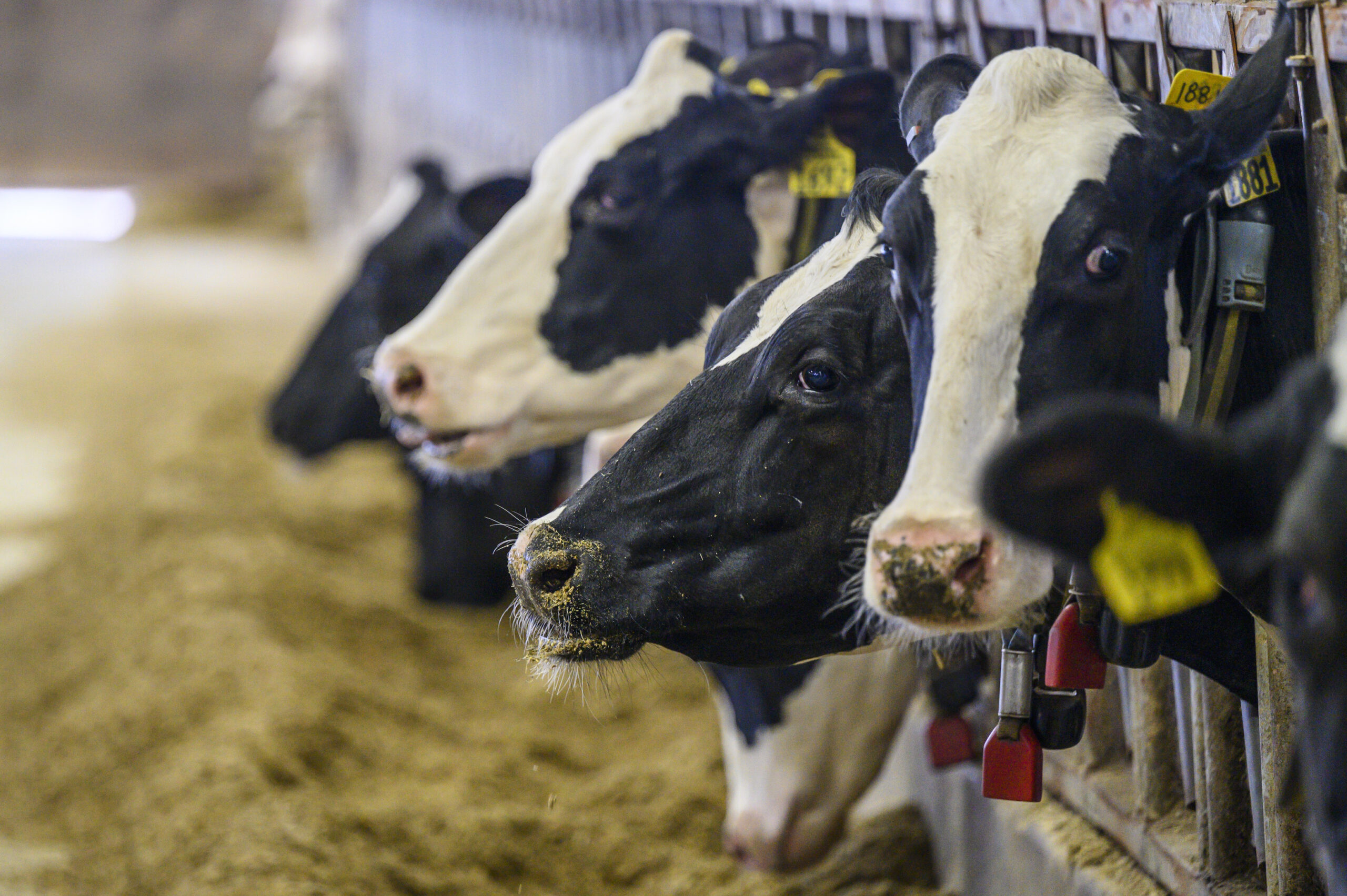Fewer Wisconsin farms filed for bankruptcy this spring, despite low commodity prices and supply chain problems caused by the COVID-19 pandemic.
Over the last year, both of the state’s federal court districts had more Chapter 12 bankruptcies, which are used by family farmers or fishermen, compared to the same period in 2019.
There were 45 Chapter 12 filings in the Western District of Wisconsin during the 12-month period ending June 30. That’s up from the same period last year, when 32 farms filed for bankruptcy.
Stay informed on the latest news
Sign up for WPR’s email newsletter.
In the Eastern District, there were 24 filings over the last year, compared to 13 filings in 2019.
But the number of farm bankruptcies filed during the second quarter of 2020 was lower than the same period last year, following a national trend.
The data shows the Western District had 7 Chapter 12 filings during the second quarter, compared to 10 filings in spring 2019. Only one farm filed for bankruptcy in the Eastern District during the quarter, down from five Chapter 12 filings last year.
Christopher Seelen is an attorney based in Eau Claire who represents creditors in bankruptcy court. He said Gov. Tony Evers’ 60-day moratorium on new foreclosures allowed some farms to put off filing for Chapter 12 bankruptcy, which is used to restructure debts.
He said some farms also received an influx of cash from the federal government’s coronavirus relief programs.
“In general during the lockdown, I think people were less interested in leaving their houses and visiting an attorney. And some of the bankruptcy firms weren’t taking in-person meetings anyway,” Seelen said. “I think the lenders were doing their best to work with debtors in these unprecedented times to try to forbear and help the farmers along as best they could. But at some point, all of those things are going to come to an end.”
Seelen said many bankruptcy attorneys are preparing for a spike in filings at the end of this year, both from farms that put off filing earlier in the year and new farms struggling under continued low commodity prices.
He points out that the Western District of Wisconsin has had some of the highest numbers of farm bankruptcies in the country for several years.
“When you’ve had that many farm bankruptcies, it’s difficult to think that they would increase beyond that,” Seelen said. “But certainly they’re going to be steady and if they do increase a little bit over the last 6 months, I think you’re catching those farmers that maybe didn’t have to file 6 months ago.”
Seelen cautions that looking at bankruptcy numbers is only one part of the farm sector that’s struggling.
“Chapter 12 is only for those farmers that want to try to continue with their business, try to reorganize,” he said. “Certainly, there’s probably a lot more farmers that just file the Chapter 7 liquidation bankruptcy or maybe just threw the keys and the equipment and the cattle back to the lender and just walked away.”
Steve Deller, agricultural and applied economics professor at the University of Wisconsin-Madison, said he agrees that the high number of Chapter 12 filings will likely continue this year.
But he said many farms were in a better financial position before the pandemic because of price improvements at the end of 2019.
“If (the pandemic) had hit two years ago, I think we would see a lot higher farm bankruptcy rates. But we did have a short period of recovery, taking some of the pressure off of farms,” Deller said.
He said farms continue to make a choice between increasing production to minimize cost or choosing to down-size to smaller markets.
“Farmers are making the decision that at this kind of middle-size operation, we can’t really make a go of it,” Deller said. “Either we keep farming and we have to go bigger or we kind of shift and go a little bit smaller to cut our costs. We’re still in farming but that’s not our primary source of family income.”
Deller said the pandemic has brought more attention to the country’s reliance on large farms and processors, especially in the meat industry. He said there could be new opportunities to grow local meat processing capacity for small farms in response.
Wisconsin Public Radio, © Copyright 2025, Board of Regents of the University of Wisconsin System and Wisconsin Educational Communications Board.
